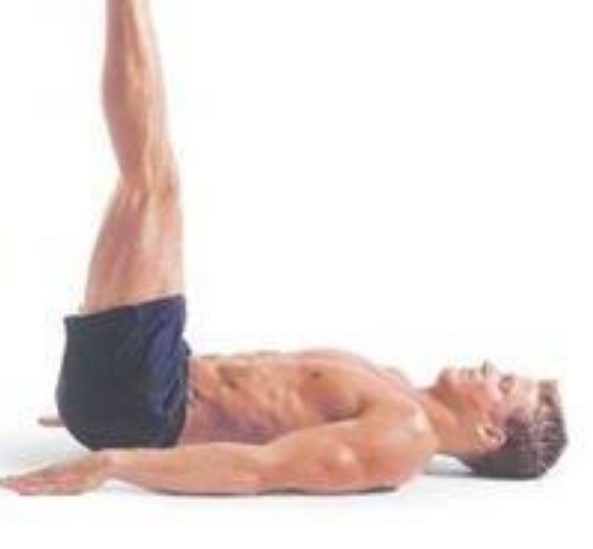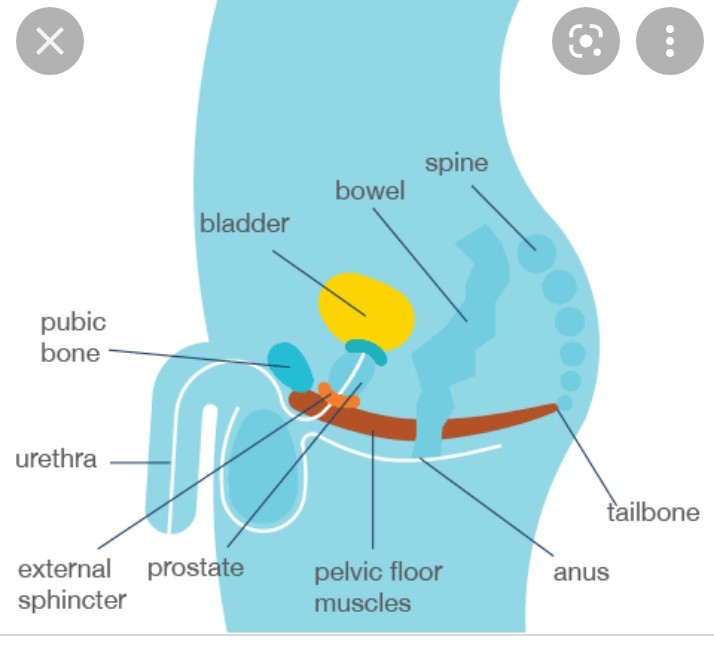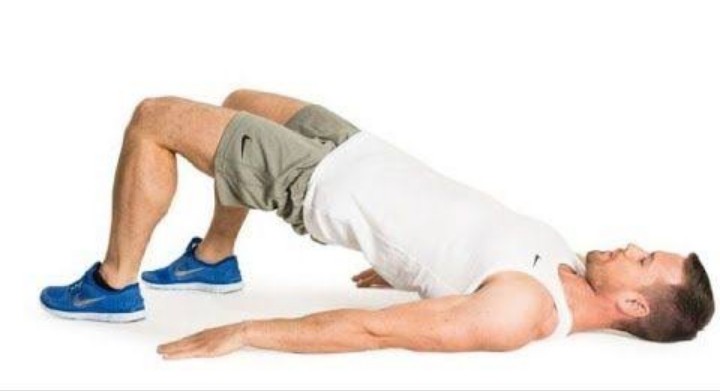
Kegel exercise for men
Written by Rachel Nall (MNT)
Kegels
Squeeze and release
Bridge
Squats
Troubleshooting
Exercises to avoid
Summary
The pelvic floor is a set of muscles that supports pelvic organs, such as the bladder and bowel. These muscles aid urinary control, continence, and sexual function.
Anyone can experience pelvic floor weakness, and exercises can help strengthen the pelvic floor, enhancing bowel and bladder control.
Doing pelvic floor exercises can also have other benefits, including:
reducing the risk of vaginal prolapse
helping with recovery after childbirth
speeding recovery after prostate surgery
reducing the risk of rectal prolapse
However, anyone who has recently had surgery or given birth should speak with a doctor before starting any pelvic floor exercises to ensure that it is safe.
Kegels
Kegel exercises focus on tightening and holding the muscles that control urine flow.
To perform this exercise, a person should:

Sit in a comfortable position, close the eyes, and visualize the muscles that can stop urine flow.
Tighten these muscles as much as possible.
Hold this position for 3–5 seconds. It should feel as though the muscles are lifting up as a result of the squeezing.
Release the muscles and rest for several seconds.
Repeat this up to 10 times.
People can vary this exercise by doing it while standing, lying down, or crouching on all fours.
Squeeze and release
This rapid movement helps the pelvic floor muscles respond quickly.
To perform this exercise, a person should:
Sit in a comfortable position.
Picture the pelvic floor muscles.
Squeeze them as quickly as possible and release them without trying to hold the contraction.
Rest for 3–5 seconds.
Repeat this 10–20 times per set.
Do two sets later in the day.
Bridge
While the bridge exercise primarily strengthens the buttocks, it also helps work the pelvic floor.
To do this exercise:
Lie on the back and bend the knees, with the feet flat on the floor about hip-width apart. Keep the arms by the sides with the palms facing down.
Contract the buttocks and pelvic floor muscles, and lift the buttocks several inches off the ground.
Hold this position for 3–8 seconds.
Relax the buttocks and pelvic floor muscles, and lower the buttocks to the ground.
Repeat this up to 10 times per set.
Rest, then perform up to two additional sets.
As the strength of the pelvic floor increases, many people find that they can do more repetitions.
Squats
Some research suggests that squats can help strengthen the pelvic floor and buttocks in children. A person should only start doing squats for this purpose, however, after becoming comfortable doing Kegels in a stationary or bridge position.
To perform a squat, a person should:
Stand with the feet hip-width apart, keeping them flat on the floor.
Bend at the knees to bring the buttocks toward the floor, going only as low as is comfortable.
Keep the back straight and tilted slightly forward. The knees should be in line with the toes.

Focus on tightening the buttocks and pelvic floor while returning to a standing position.
Repeat this exercise, doing up to 10 repetitions per set.
Rest before performing any additional sets.
Not all squats target the pelvic floor, however. Wide-legged or deep squats may make it difficult to retain a pelvic floor contraction. When strengthening the pelvic floor, narrow and shallow squats tend to be more beneficial.
Exercises to avoid
Some exercises may be too difficult for a person with a very weak pelvic floor. Performing the exercises may weaken the muscles more and lead to further incontinence.

- Kegel exercise for men
Until a person has done several months of pelvic floor work, they should avoid the following exercises:
situps with the legs held straight in the air
lifting heavy weights for minimal repetitions
double leg lifts
running, jumping, and other high-impact activities
Do not try to stop urinating midstream to test pelvic floor muscle control. This could result in incomplete emptying of the bladder, which can increase the risk of urinary tract infections, or UTIs, and other urinary disorders.
Speak with a doctor, and a physical therapist, if possible, about whether there are any specific exercises to avoid after surgery or childbirth.
Summary
In addition to practicing pelvic floor exercises every day, a person can help strengthen their pelvic floor by walking more, standing up straight, and sitting properly.
A person might also try squeezing their pelvic floor muscles each time they sneeze, cough, or lift something heavy. This can help strengthen the pelvic floor and prevent incontinence.







